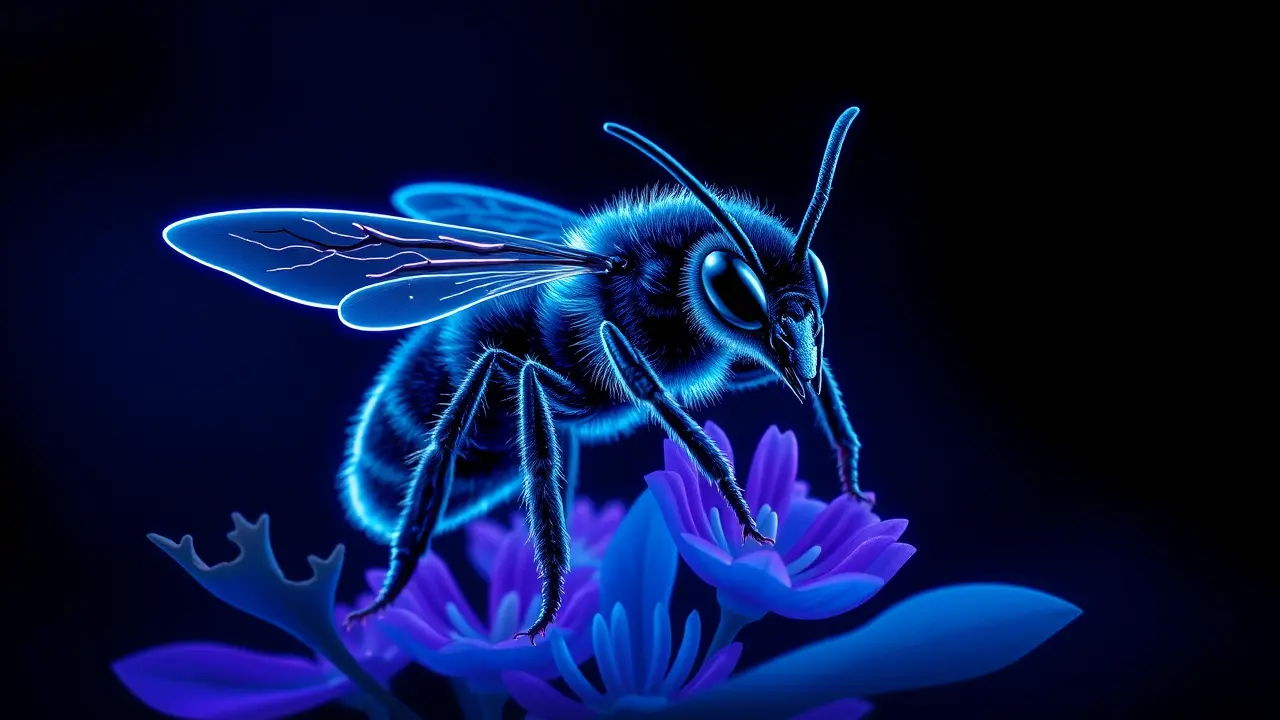- News
- biology
- Scientists Discover 'Lucifer' Bee, a Horned Pollinator Crucial to a Threatened Australian Ecosystem

SciencebiologyEvolution and Ecology
Scientists Discover 'Lucifer' Bee, a Horned Pollinator Crucial to a Threatened Australian Ecosystem
RA
Rachel Adams
4 hours ago7 min read
Australian scientists have announced the discovery of a striking new native bee species, named the 'Lucifer' bee for the horn-like facial structures found on the males. The find highlights a critical, co-dependent relationship with a rare wildflower and underscores the urgent need for habitat conservation.This solitary, ground-nesting bee was identified during a biodiversity survey in a remote region of Western Australia. Its dark coloration and prominent cephalic horns, which males use to fight for mates, present a dramatic appearance.However, its ecological role is even more significant: the Lucifer bee is the primary pollinator for the Philotheca wildflower, a plant that exists nowhere else on Earth. This relationship is a textbook example of mutualism; the bee relies exclusively on the flower for nectar, and the flower depends on the bee for reproduction.The discovery has prompted an immediate call from researchers for formal protection of the entire ecosystem. The Lucifer bee's story is a microcosm of the global pollinator crisis, where habitat loss, pesticides, and climate change are causing widespread insect population declines.Scientists are now in a race against time, compiling data to advocate for the area's preservation. They hope the bee's menacing name and unique biology will serve as a powerful catalyst for conservation, preventing the loss of this intricate biological partnership before it is fully understood.
#featured
#new bee species
#Australia
#Lucifer bee
#devil horns
#native bees
#wildflower
#conservation
Stay Informed. Act Smarter.
Get weekly highlights, major headlines, and expert insights — then put your knowledge to work in our live prediction markets.
Related News
© 2025 Outpoll Service LTD. All rights reserved.
